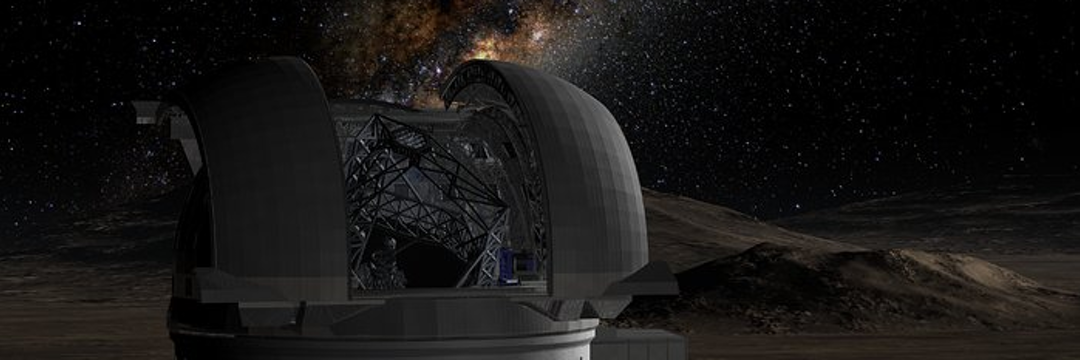
doi.org/10.1007/s11430-024-1517-1
Credibility: 989
#Antarctica
A new study has revealed that the Antarctic ice sheet grew for the first time in decades between 2021 and 2023, thanks to significant changes in some major glaciers in the eastern part of the continent
The Antarctic Ice Sheet (known as AIS) is very important because it influences sea levels around the world.
Since 2002, the GRACE and GRACE-FO satellites, which measure Earth’s gravity, have been monitoring changes in the Antarctic ice sheet.
This data shows how the ice is gaining or losing mass over time.

What did previous studies show?
Until recently, scientists had observed that Antarctica was losing ice, especially in the western part and on the Antarctic Peninsula.
Between 2002 and 2010, the ice sheet lost about 74 billion tons of ice per year.
This figure nearly doubled to 142 billion tonnes per year between 2011 and 2020.
This ice loss contributed to sea level rise, adding about 0.2 mm per year in the first period and 0.39 mm per year in the second.
Meanwhile, glaciers in East Antarctica appeared more stable.
But a study led by Dr. Wang and Prof.
Shen of Tongji University in China has thrown up a big surprise: between 2021 and 2023, the Antarctic ice sheet gained ice, something it hadn’t done for decades.

What changed between 2021 and 2023″
During these two years, Antarctica gained about 108 billion tonnes of ice per year, an all-time high.
This increase was mainly driven by an unusual amount of snowpack, which helped the ice sheet grow.
As a result, instead of contributing to sea level rise, Antarctica helped reduce it by about 0.3 mm per year during this period.

Focus on East Antarctic glaciers
Four large glaciers in the Wilkes Land-Queen Mary Land region of East Antarctica, called Totten, Moscow, Denman and Vincennes Bay, were highlighted in the study.
Between 2011 and 2020, these glaciers were losing ice rapidly, at a rate of almost 48 billion tonnes per year.
This loss was mainly caused by two factors:
– A reduction in surface mass (72.5%), due to less snowpack and more melting.
– Ice discharge (27.5%), when large chunks of ice break off and flow into the sea.
However, between 2021 and 2023, these same glaciers completely changed their behavior and began to gain ice, reversing the loss trend.
Why is this important?
The glaciers of East Antarctica are crucial.
If they were to melt completely, they could raise sea levels by more than 7 meters, which would be catastrophic for coastal cities around the world.
The fact that they have lost ice rapidly in the past was already a major climate warning.
Now, the recent growth of these glaciers is good news, but scientists warn that more monitoring is needed to understand whether this recovery will continue.
What can we learn from this?
This discovery shows how sensitive Antarctica is to changes in climate, such as fluctuations in snowfall.
The increase in ice between 2021 and 2023 does not mean that the melting problem is solved, but it does give scientists new information to study the behavior of the ice sheet.
Researchers are calling for more attention to the stability of these glaciers, as they have a huge impact on the future of the planet.
With more study and monitoring, we will be able to better understand how to protect Antarctica and the world’s oceans.
Published in 04/30/2025 04h08
Text adapted by AI (Grok) and translated via Google API in the English version. Images from public image libraries or credits in the caption. Information about DOI, author and institution can be found in the body of the article.
Reference article:
Original study:
| Geoprocessing Drone Systems HPC |

| ERP and CRM Systems Mobile Systems AI |


